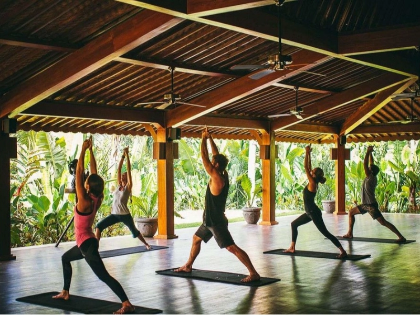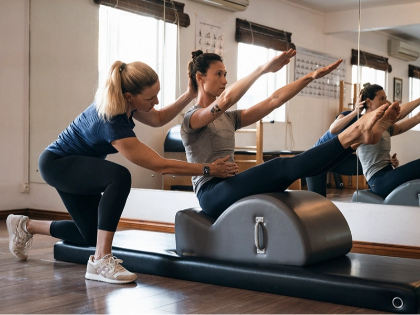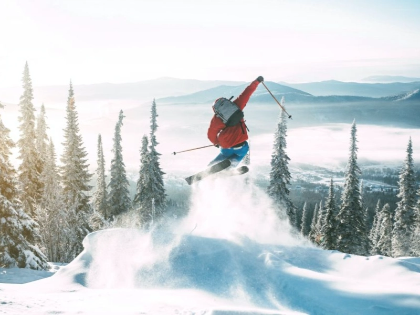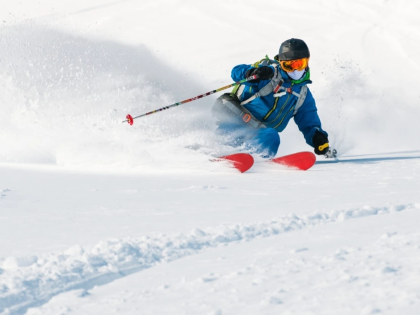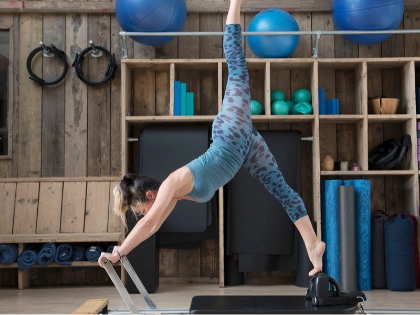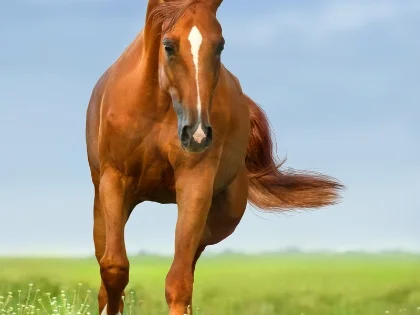Ski Resort Snow Making: How It Works And Why It Matters
Snow-making lets ski resorts open on time, remain open all through the season, and offer an excellent surface for snowboarding and skiing. It is also a vital element of the surfaces elite alpine and freestyle competitors train and compete on. Snowmaking need both water and low temperatures. Those two resources could be few in a warming environment.
Water
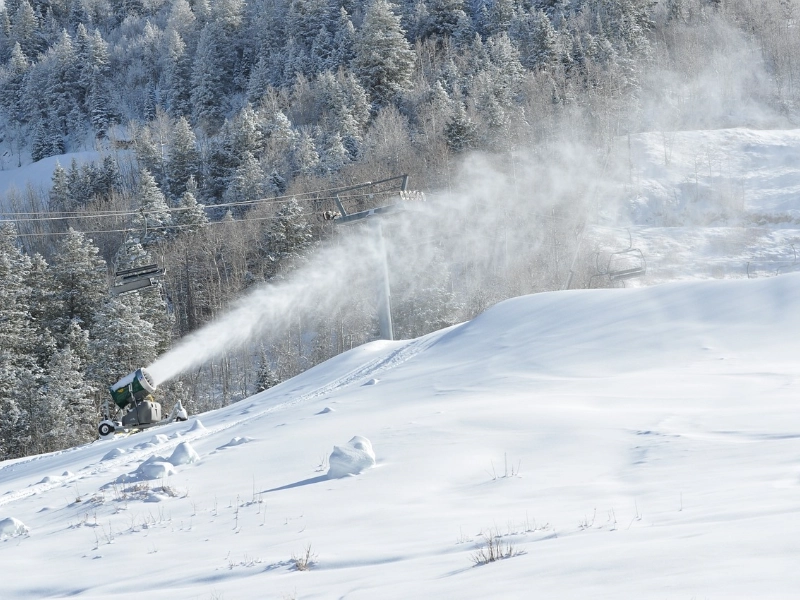
Air
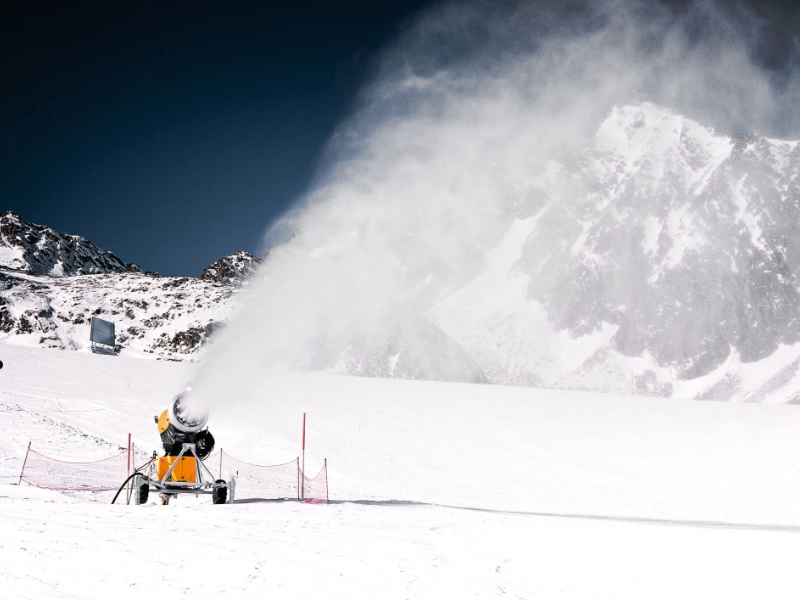 The days when ski resorts would wait all winter for lots of snow before starting business are long gone. Most resorts these days depend on synthetic snow to augment natural snow and maintain longer and earlier opening of their slopes.
Like real snow, machine-made snow is produced in chilly and dry circumstances, hence air is absolutely vital for the process. The "wet bulb temperature," which accounts for both air temperature and moisture content, is a major indicator of these conditions.
More water droplets can condense into snow the cooler the air is. Making snow is more difficult the warmer the air is; less water can be transformed into it. A snowmaker may be ruined by a few degrees of variation.
The days when ski resorts would wait all winter for lots of snow before starting business are long gone. Most resorts these days depend on synthetic snow to augment natural snow and maintain longer and earlier opening of their slopes.
Like real snow, machine-made snow is produced in chilly and dry circumstances, hence air is absolutely vital for the process. The "wet bulb temperature," which accounts for both air temperature and moisture content, is a major indicator of these conditions.
More water droplets can condense into snow the cooler the air is. Making snow is more difficult the warmer the air is; less water can be transformed into it. A snowmaker may be ruined by a few degrees of variation.
Nucleating Agent
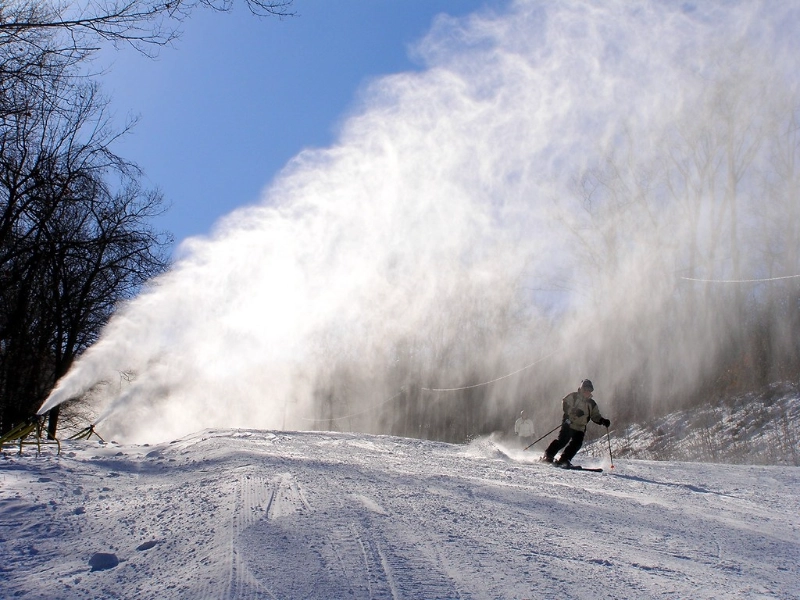 Usually organic, a nucleating agent is added to make sure water molecules adhere together in sufficient clusters to freeze and form into snow as the snowmaking process gets underway. This is the vital phase that produces the light, fluffy snow skiers want to ride on.
Modern ski resorts would not exist at the end of the day without artificial snowmaking. That does not mean, however, that it should swallow enormous volumes of water.
Six Australian ski resorts' research revealed that snowmaking consumes a lot of water, and this could be increased in future with climate change. Furthermore, it contends that the concept of snow as a reservoir for mountain water is faulty since rain-soaked snow will be flushed downstream and into systems of drinking water.
Usually organic, a nucleating agent is added to make sure water molecules adhere together in sufficient clusters to freeze and form into snow as the snowmaking process gets underway. This is the vital phase that produces the light, fluffy snow skiers want to ride on.
Modern ski resorts would not exist at the end of the day without artificial snowmaking. That does not mean, however, that it should swallow enormous volumes of water.
Six Australian ski resorts' research revealed that snowmaking consumes a lot of water, and this could be increased in future with climate change. Furthermore, it contends that the concept of snow as a reservoir for mountain water is faulty since rain-soaked snow will be flushed downstream and into systems of drinking water.
Guns
The devices producing the powder you ski on are the snow guns. To provide the ideal circumstances for skiing, they mix water and compressed air to create ice crystals that freeze as they fall. They use atomized water—that is, water split into small droplets—and a nucleating agent—that is something to give the ice crystals something to attach to. Compressed air from tanks down to the ground drives the weapons. Many resorts, including Mount Rose, use a computer system reading air temperature and humidity to decide when to switch on the snow guns, so controlling their snow creation. The general snow quality at a ski resort is significantly influenced by these computers. More snow can be produced in a shorter period of time and fan style snow guns are more energy efficient than conventional air and water cannons.
Lances
A snowmaker runs a long aluminium tube with air and water nozzles at the end. The atomized water freezes to produce snow as it strikes air from the tube. Nucleating agents also help to speed this process. Snowmaking helps ski resorts stay open all season and provide quality snow surfaces for skiing and snowboarding, therefore allowing them to open on their planned opening days. It is also utilised to create the best environment on which top alpine and freestyle athletes train and compete and to ready slopes for contests. Studies reveal that when selecting a skiing location, snow dependability is the first factor considered by winter sports enthusiasts. Many ski resorts would not be able to fulfil demand today without modern snowmaking.
